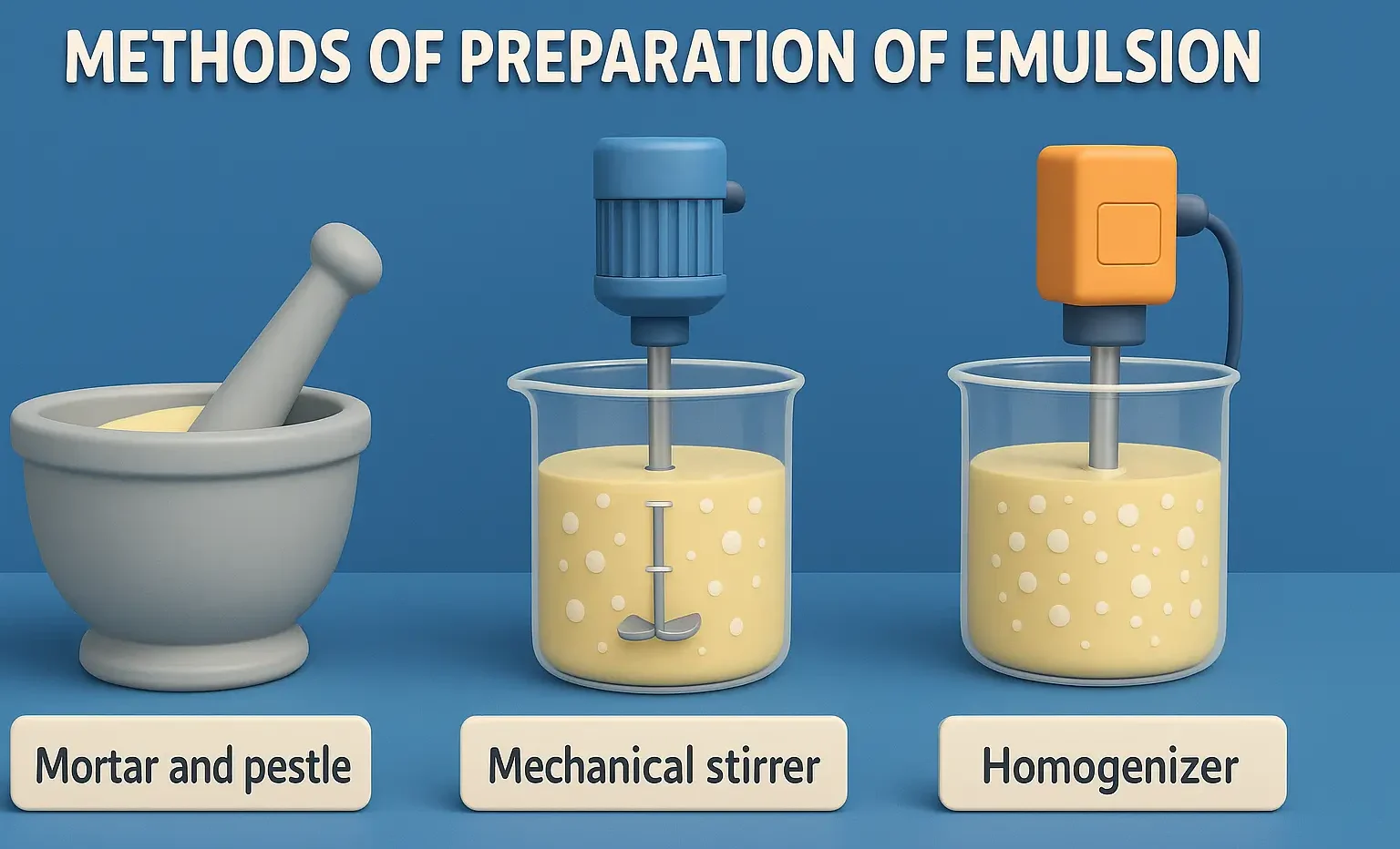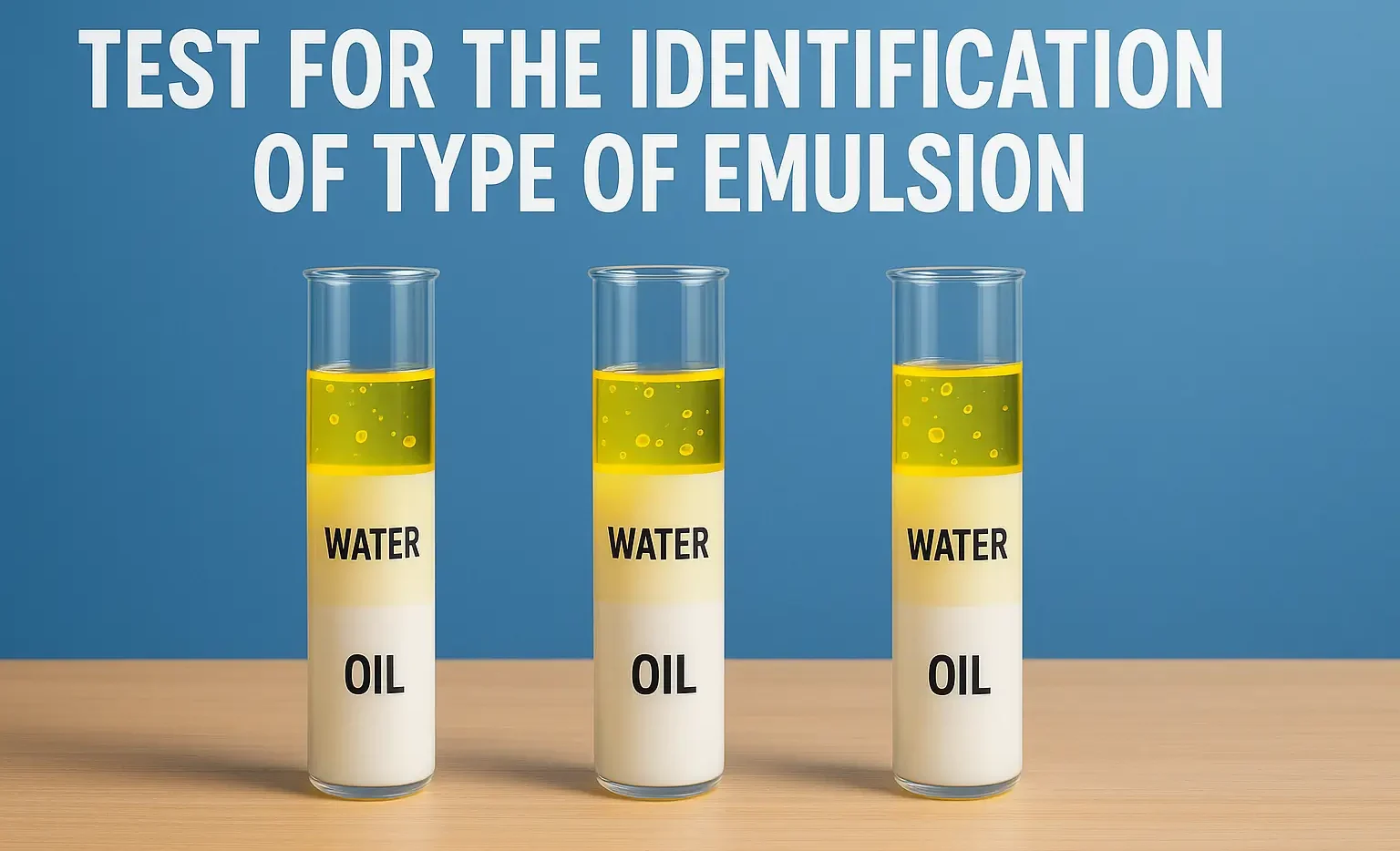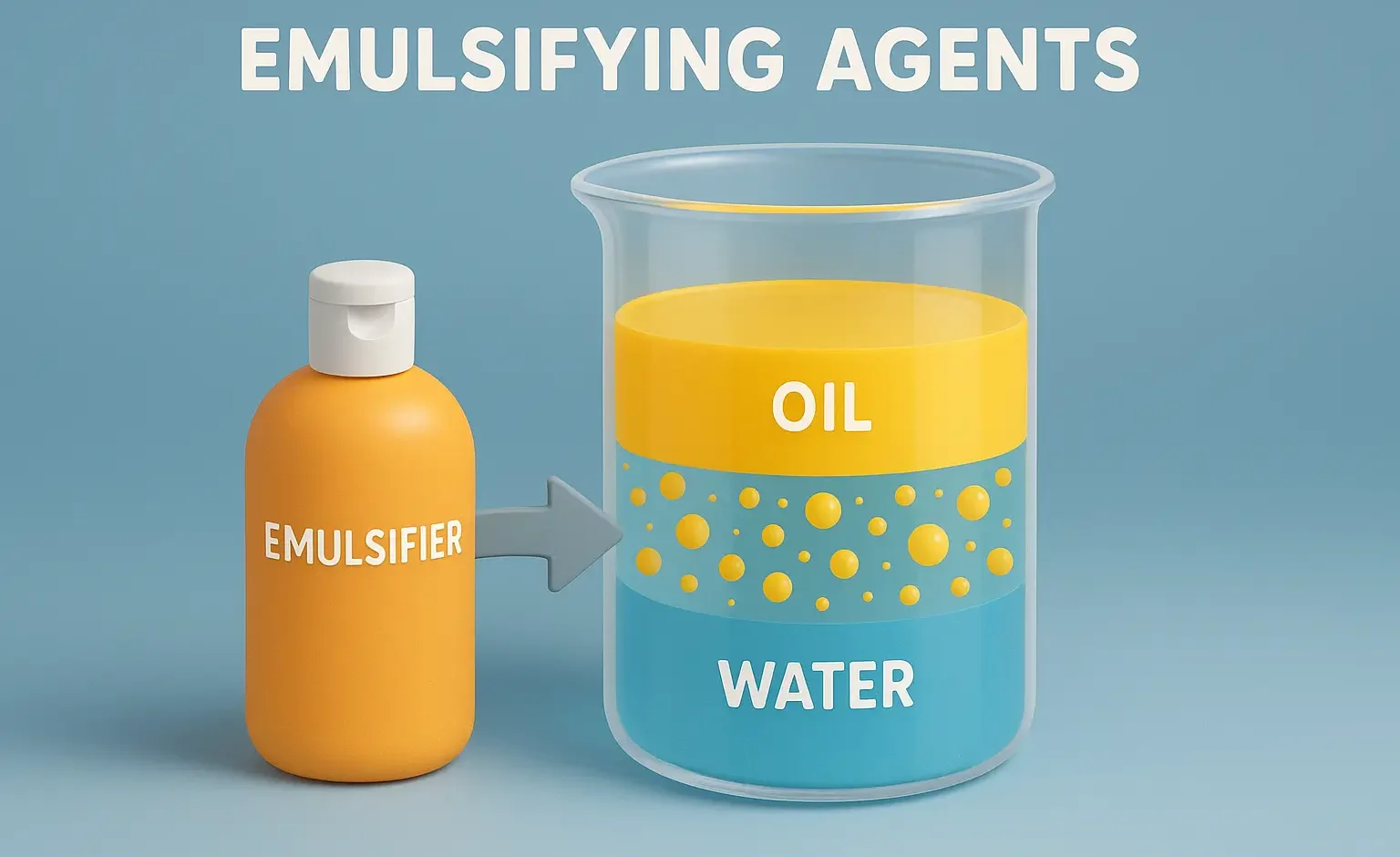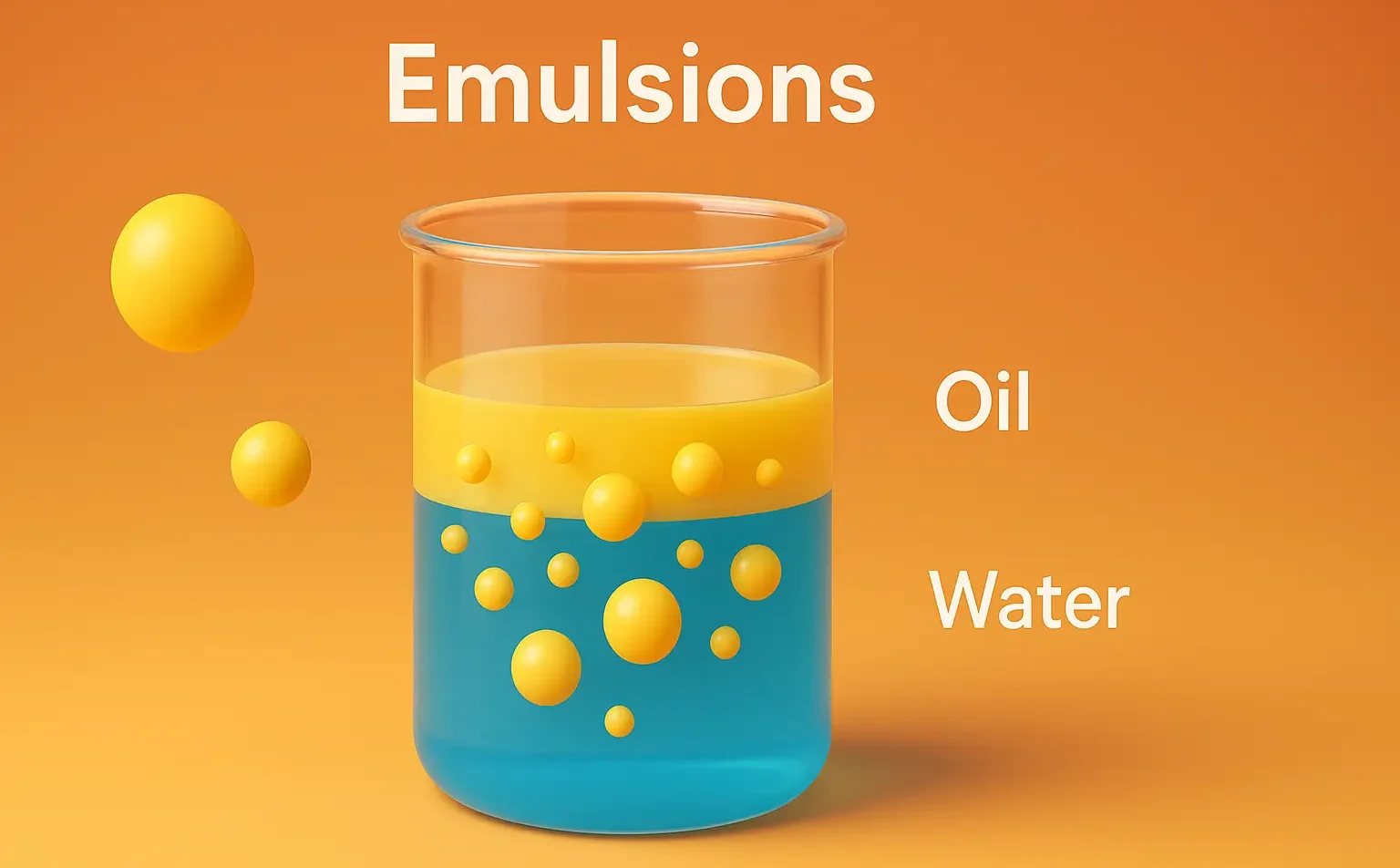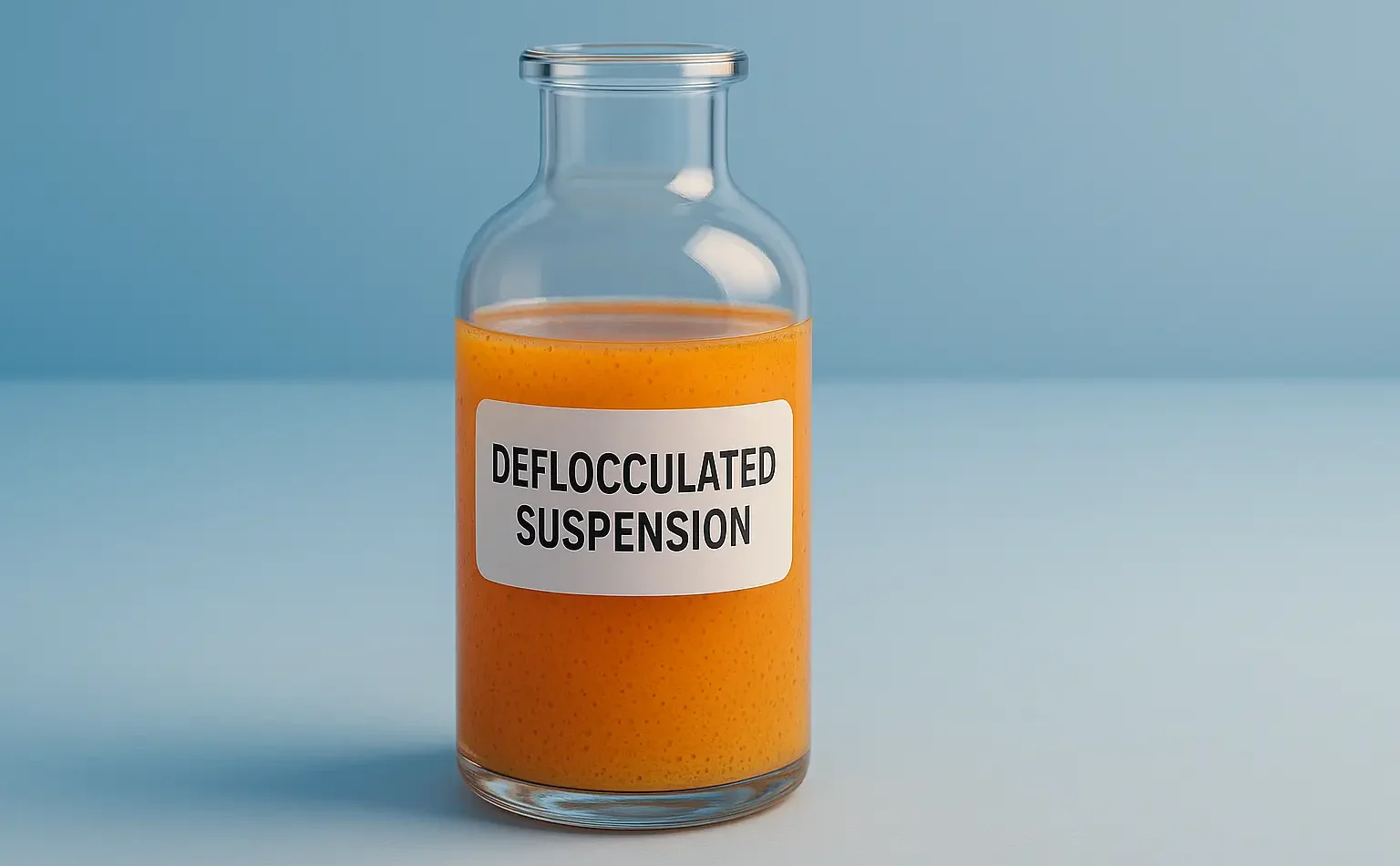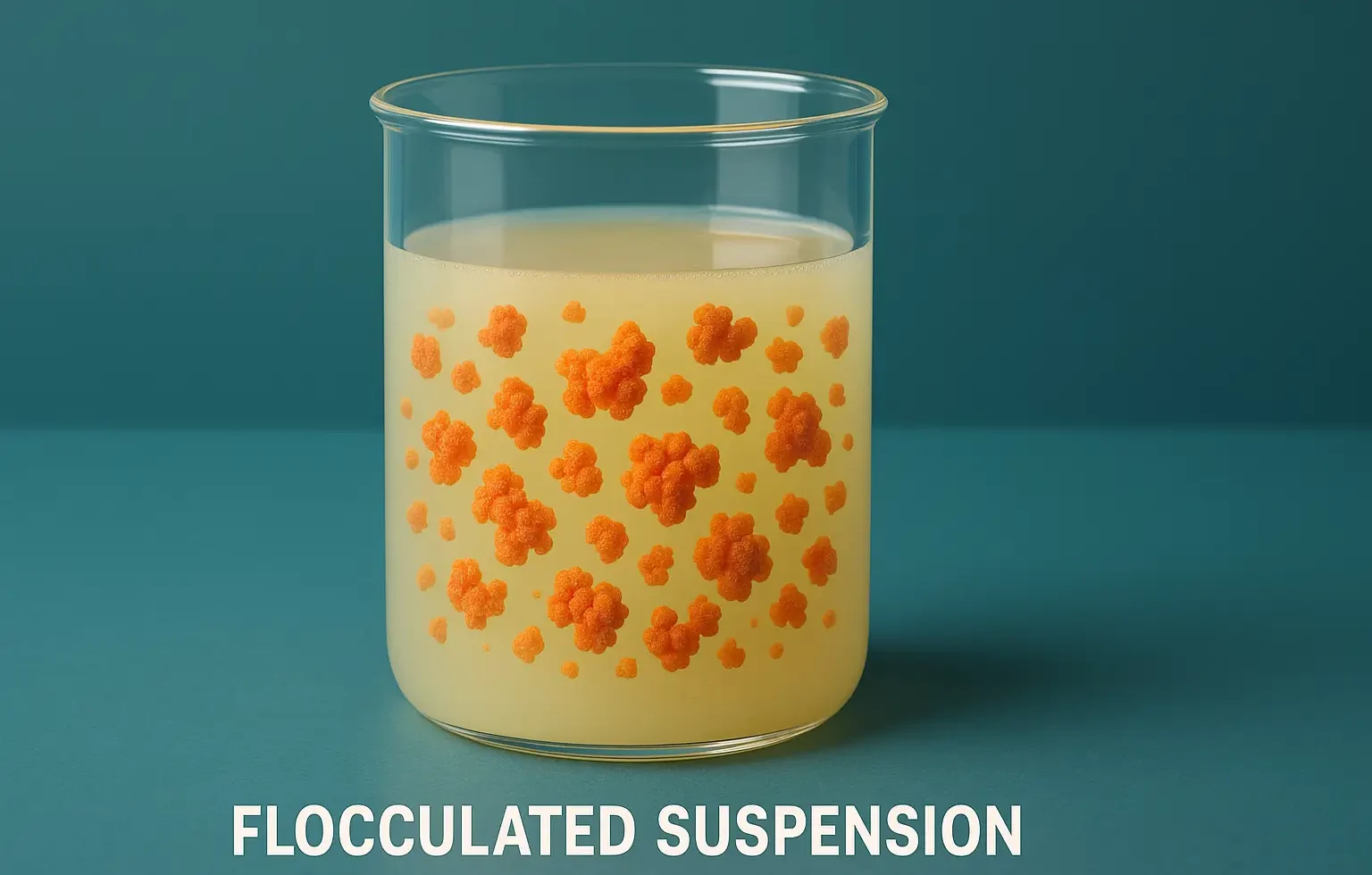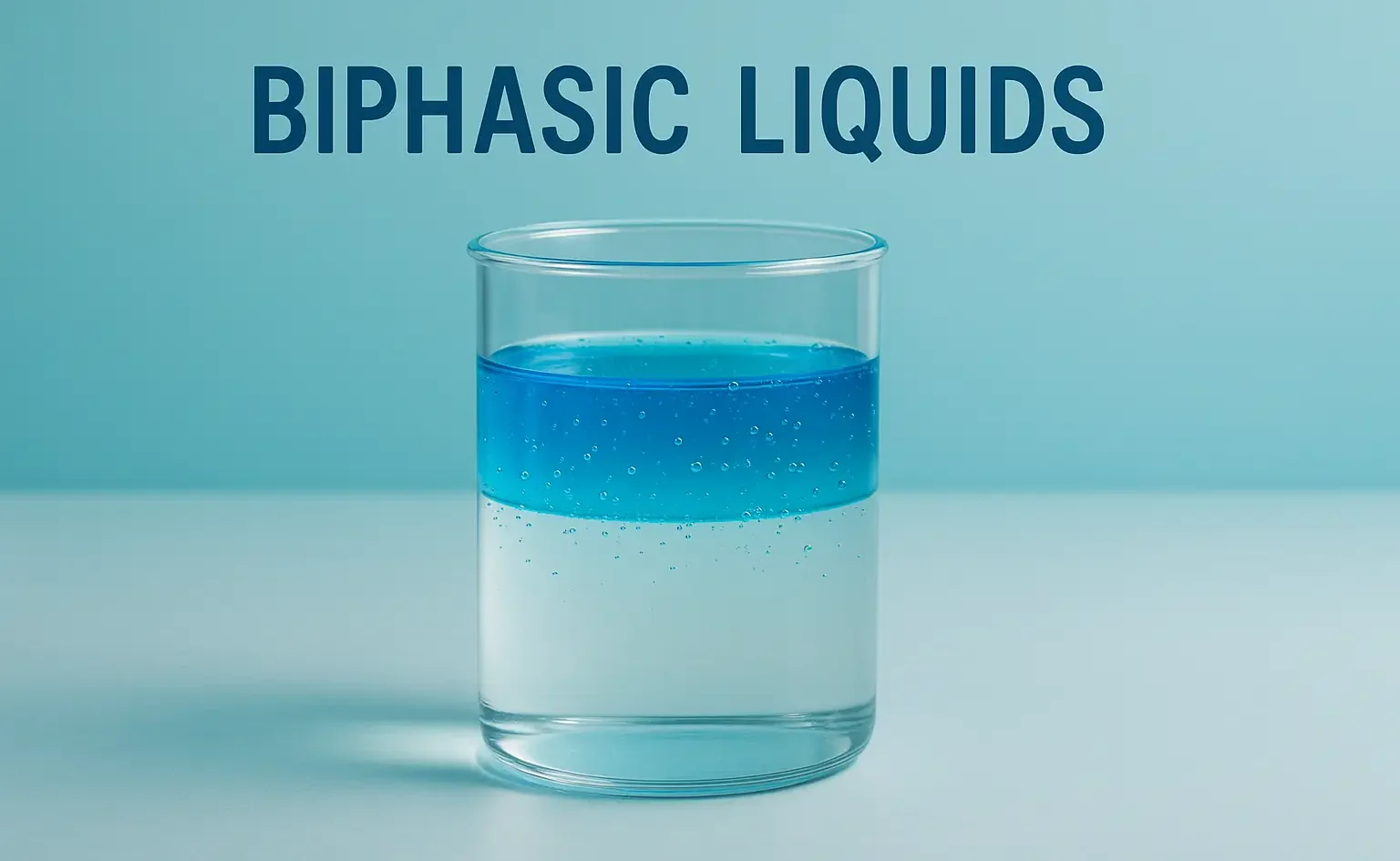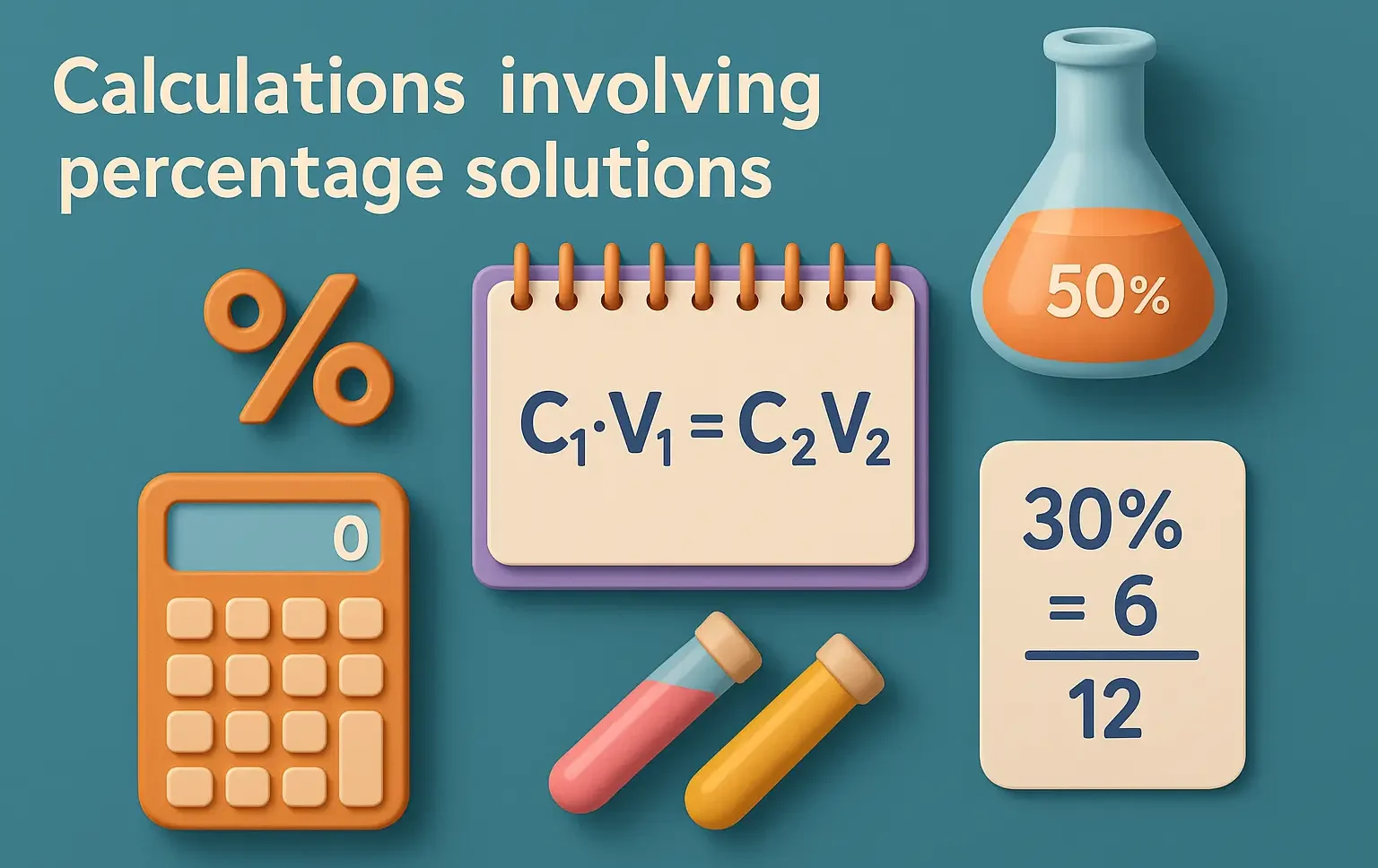Methods of preparation of emulsion
Emulsions are mixtures of two immiscible liquids (usually oil and water) where one liquid is dispersed as droplets within the other. The process of preparing an emulsion typically involves energy input to break up the dispersed phase into fine droplets and stabilize the system to prevent coalescence. Below are common methods used for the preparation … Read more

